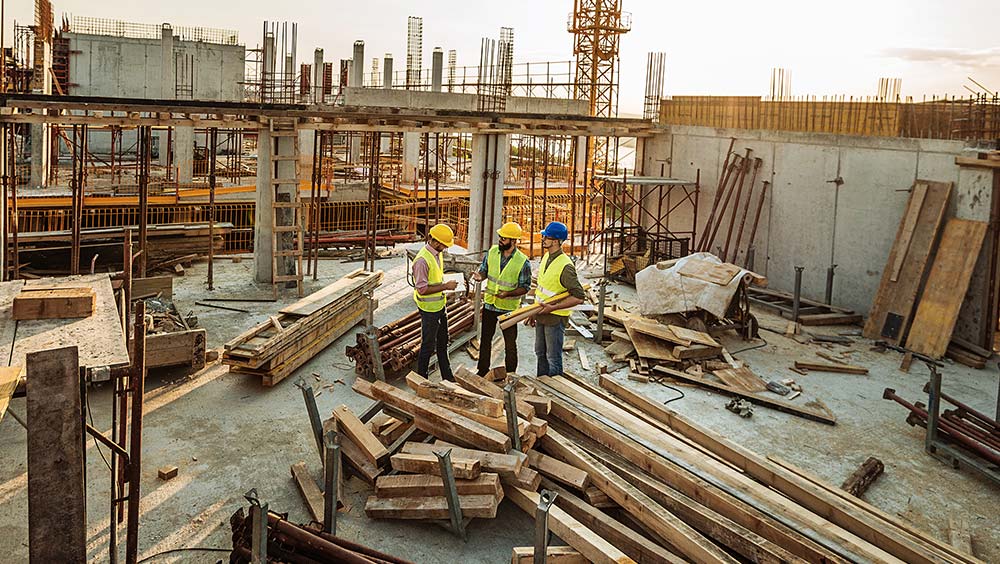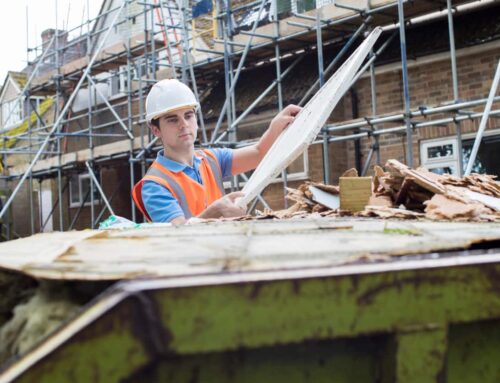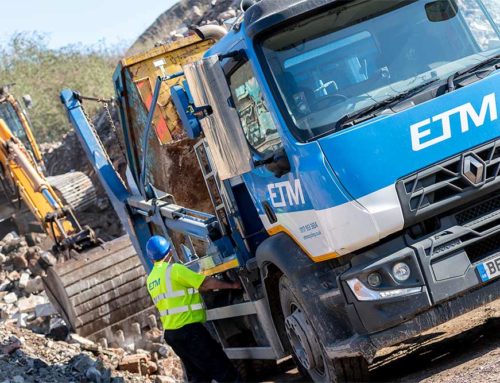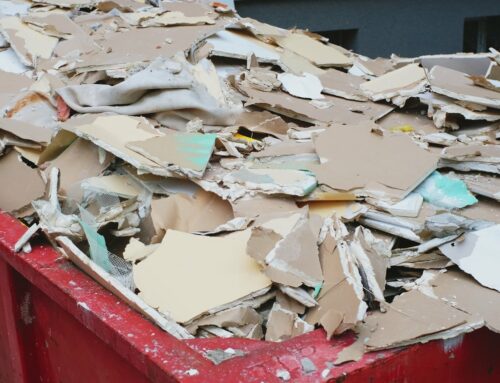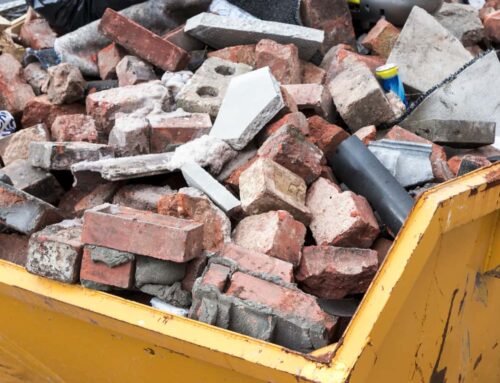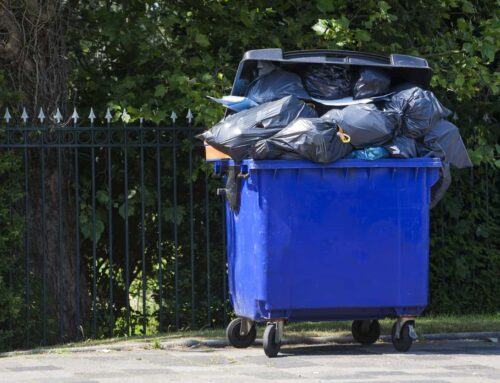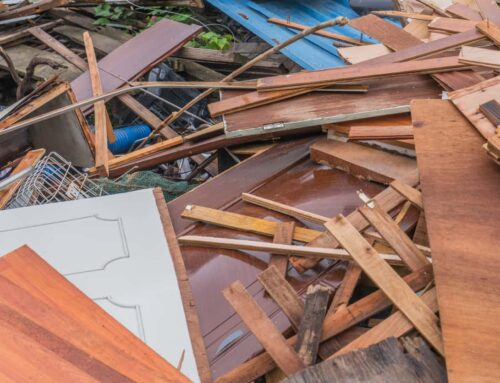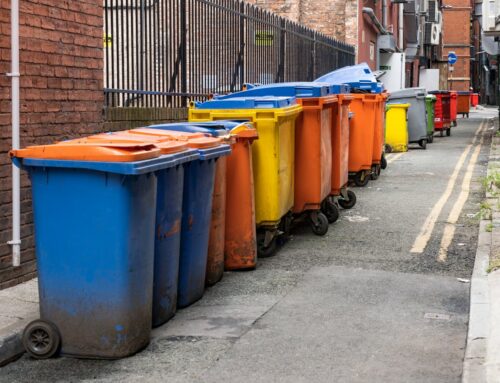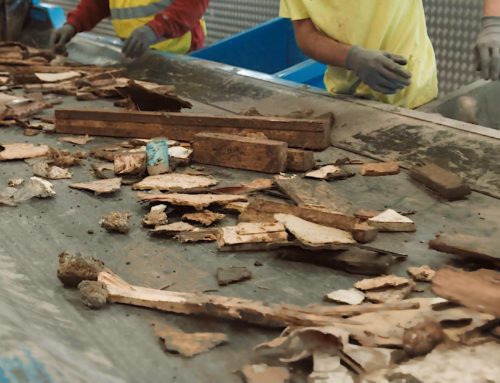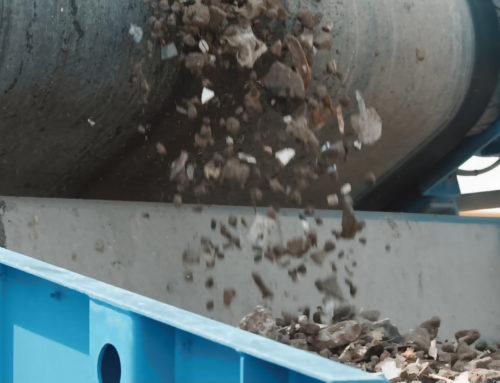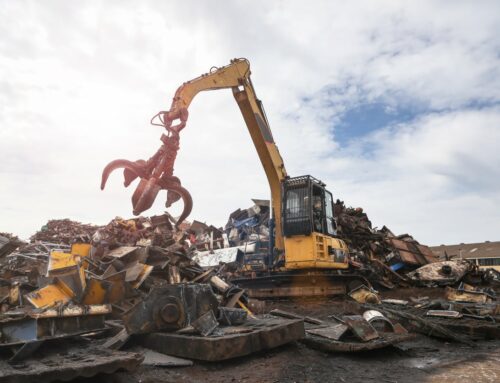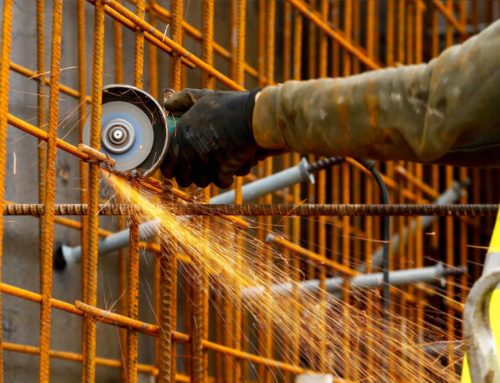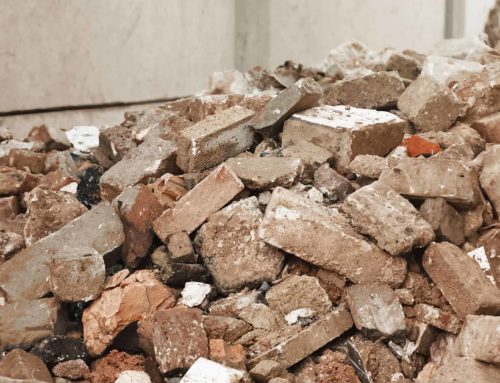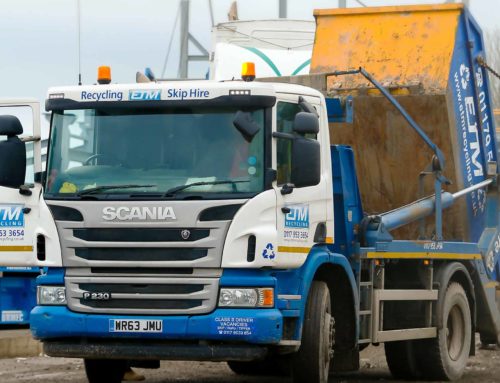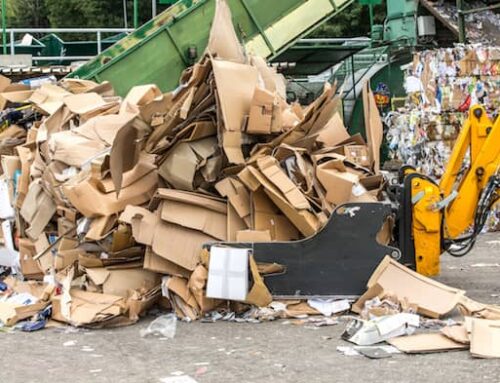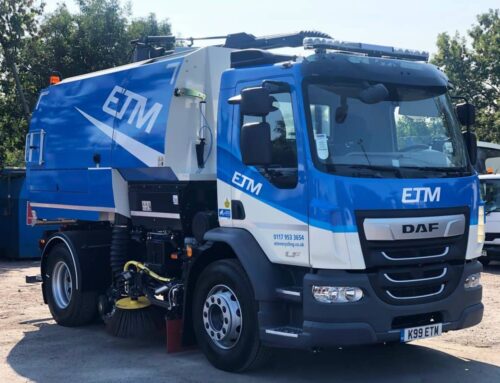Changes to Wood Waste Regulations in 2023
Stay up to date on the latest developments and changes to regulations in wood waste regulations. The Wood Recycling Association (WRA) has conducted a series of examinations resulting in the withdrawal of the Regulatory Position Statement (RPS) 250, changing the way that several types of wood waste need to be classified and handled.
Find out more about the changes in regulation and how they might affect you >
Wood recycling plays a crucial role in sustainable waste management practices. With the increasing emphasis on environmental conservation and resource efficiency, it is essential to understand the various grades of waste wood. Here at ETM Recycling, we have comprised this article to provide an overview of waste wood grades, highlighting their importance and categories. Moreover, we will explore the intricacies of the wood recycling process, illuminating the profound environmental benefits it entails. For those seeking to embrace responsible waste management practices, we will introduce the comprehensive wood recycling services offered by ETM Recycling.
Why Waste Wood Grades are Important
Waste wood grades are vital for efficient wood recycling and ensuring that wood is repurposed in the most appropriate manner. By categorising waste wood into different grades, it becomes easier to identify suitable recycling options and maximise the value derived from this valuable resource. Waste wood can be generated from various sources, including construction and demolition sites, manufacturing processes, and consumer products. Understanding the different grades allows us to match the wood with its most suitable application in the recycling process.
Discover recycling and waste management tips for small businesses here. >
Categories of Waste Wood Grades
Waste wood is commonly classified into several categories based on its condition and level of contamination. The specific grading systems may vary between different regions or recycling facilities, but generally, the following categories are recognised:
Grade A: Also known as clean wood, Grade A waste wood refers to uncontaminated, untreated wood that is free from paint, preservatives, or any other coatings. It includes materials such as pallets, crates, and packaging waste. Grade A wood has high recycling potential and can be easily repurposed into products like chipboard, animal bedding, or biomass fuel.
Grade B: This category includes slightly contaminated wood, such as painted or varnished wood. Grade B waste wood requires additional processing and treatment to remove surface coatings before it can be recycled. It may be transformed into materials like medium-density fibreboard (MDF), mulch, or compost.
Grade C: Grade C waste wood consists of heavily contaminated or treated wood, such as railway sleepers or telegraph poles. Due to its high level of contamination, this wood often requires specialised treatment methods to remove hazardous substances before recycling. It can be utilised in applications like biomass energy generation or converted into engineered fuels.
Wood Recycling Process
The wood recycling process typically involves several stages to ensure proper handling and reutilisation of waste wood:
Collection: Waste wood is collected from various sources, including construction sites, manufacturing facilities, and waste management centres. Proper segregation and storage are essential to maintain the quality and prevent contamination of different wood grades.
Sorting and Grading: Once collected, waste wood undergoes sorting and grading based on its quality and contamination level. This step helps determine the appropriate recycling pathway for each wood grade.
Treatment and Processing: Depending on the grade, waste wood may require treatment to remove contaminants or surface coatings. This treatment may involve mechanical processes, such as shredding or grinding, or chemical methods to remove paints and coatings.
Repurposing: After treatment and processing, the waste wood is ready for repurposing. Grade A wood can be transformed into new products like chipboard or animal bedding, while Grade B and C wood may be used in applications such as mulch, biomass fuel, or engineered fuels.
Benefits of Wood Recycling
Wood recycling offers numerous environmental and economic benefits. By diverting waste wood from landfills, it helps reduce the strain on limited landfill space and decreases greenhouse gas emissions associated with wood decomposition. Moreover, recycling wood conserves natural resources by reducing the need for new timber extraction. Additionally, the economic benefits of wood recycling include job creation in the recycling industry and the production of valuable recycled wood products.
Discover the ultimate guide to wood recycling here. >
Challenges in Wood Recycling
While wood recycling is beneficial, it also comes with certain challenges. One of the main challenges is the presence of contaminants in waste wood, such as paints, varnishes, and preservatives. These contaminants can hinder the recycling process and require additional treatment or specialised facilities. Moreover, the logistics of collecting and transporting large volumes of waste wood can pose logistical challenges, especially for construction and demolition waste. Effective collaboration between waste generators, recycling facilities, and regulatory bodies is necessary to overcome these challenges and improve the efficiency of wood recycling.
Innovative Technologies in Wood Recycling
Advanced Sorting and Processing Techniques: Wood recycling has evolved significantly with the advent of advanced sorting and processing techniques. These innovative methods employ cutting-edge technology to efficiently separate different wood grades and eliminate contaminants. Automated sorting systems, equipped with state-of-the-art sensors and artificial intelligence algorithms, have revolutionised the process. By swiftly identifying and sorting waste wood based on its grade and quality, these systems enhance the efficiency and effectiveness of wood recycling.
Harnessing the Power of Pyrolysis and Gasification Technologies: Pyrolysis and gasification technologies have emerged as game-changers in the field of wood recycling. These methods offer promising ways to convert lower-grade and heavily contaminated wood into valuable biofuels or biochemicals, thereby reducing the dependency on conventional fossil fuels. Pyrolysis involves heating wood in the absence of oxygen, resulting in the production of biochar, bio-oil, and syngas. Gasification, on the other hand, uses a controlled oxidation process to convert wood into a synthesis gas (syngas), which can be further refined into various energy products. These technologies not only enable the efficient utilisation of waste wood but also contribute to the transition towards a more sustainable and renewable energy landscape.
Environmental Benefits of Advanced Wood Recycling: The adoption of advanced wood recycling techniques brings a multitude of environmental benefits. Firstly, efficient sorting and processing minimise the amount of wood sent to landfills, reducing waste and its associated environmental impact. By effectively removing contaminants, the recycled wood can be repurposed for various applications, including construction, furniture manufacturing, and biomass energy production. This reduces the demand for virgin timber, which helps in preserving forests and protecting biodiversity. Moreover, the conversion of lower-grade and contaminated wood into biofuels or biochemicals reduces greenhouse gas emissions and reliance on fossil fuels, contributing to the fight against climate change.
Economic Opportunities and Job Creation: The advancements in wood recycling technology not only have positive environmental implications but also generate economic opportunities and job creation. The development and implementation of advanced sorting systems, automated machinery, and pyrolysis/gasification plants create a demand for skilled professionals in the recycling industry. Additionally, the production of biofuels and biochemicals from waste wood can foster the growth of a sustainable bio-based economy, providing employment and boosting local economies.
Environmental Regulations and Standards
The recycling industry, including wood recycling, is subject to various environmental regulations and standards to ensure responsible waste management practices. These regulations set guidelines for the handling, storage, treatment, and disposal of waste wood. They also encourage the adoption of sustainable practices and promote the use of recycled wood products. Compliance with these regulations is essential for recycling facilities to operate legally and ensure the protection of the environment and human health.
Explore our 6 benefits that come with recycling wood here. >
ETM Recycling: Your Wood Recycling Partner
If you are looking for a reliable wood recycling service, ETM Recycling is here to assist you. With years of experience in waste management and recycling, ETM Recycling provides comprehensive wood recycling solutions. We understand the importance of responsible waste management and are committed to minimising the environmental impact of waste wood.
Our services include the collection, sorting, and processing of waste wood across different grades. We have state-of-the-art facilities and equipment to handle large volumes of waste wood efficiently. By partnering with ETM Recycling, you can ensure that your waste wood is properly recycled and diverted from landfill, contributing to a more sustainable future.
So, why not get in touch today and be part of the movement to a greener future.
Alternatively, take a closer look at our case studies to better understand what it is we do.
